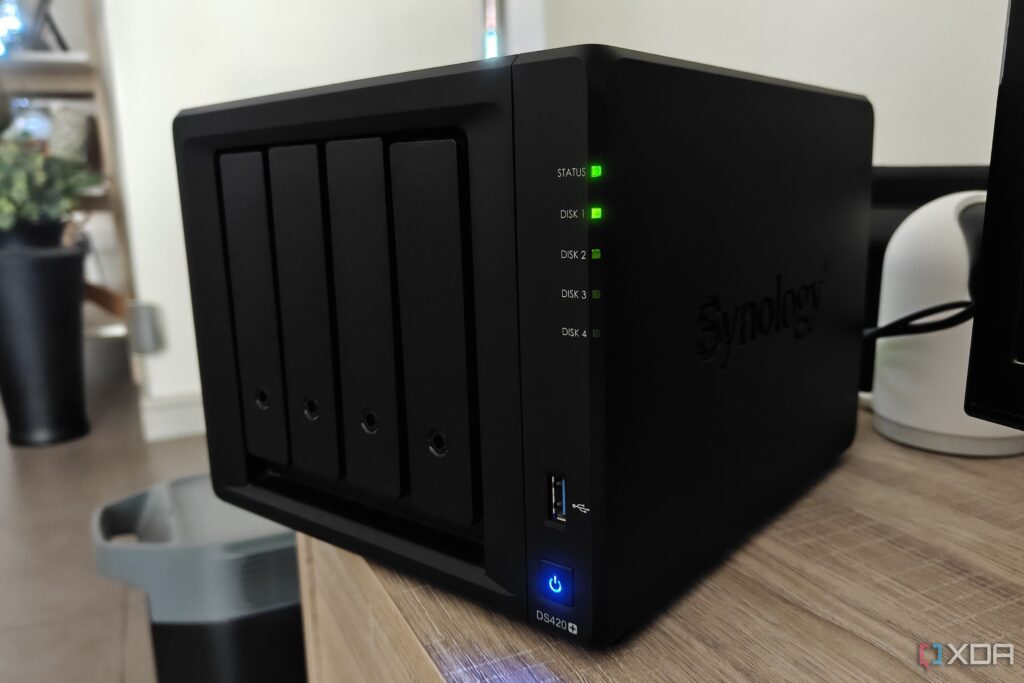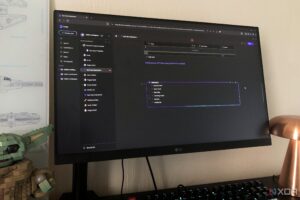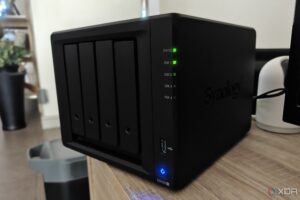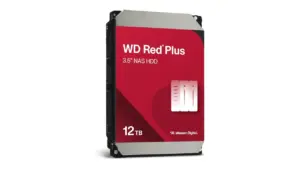
URGENT UPDATE: Self-hosting enthusiasts are facing escalating frustrations as new reports illustrate the stark differences between managing services on a Synology NAS compared to a Windows PC. Many users are transitioning to NAS systems for 24/7 service availability, but they quickly discover significant challenges that impact performance and usability.
The latest insights reveal that while Docker containers can run on both platforms, their functionality diverges dramatically. Users are reporting increased instability and resource constraints on NAS systems, leading to unexpected service interruptions. This is particularly concerning for those relying on NAS for critical applications like Jotty and Home Assistant.
Key Issues Identified:
1. **Resource Limitations:** Users transitioning to NAS often underestimate the impact of hardware constraints, such as limited RAM and slower HDDs compared to SSDs. Reports indicate that certain applications may function reliably until they exceed resource limits, causing sudden shutdowns. Users have noted that even when RAM usage remains below the 80% threshold, services can still fail without warning.
2. **User Interface Discrepancies:** The Container Manager interface on Synology NAS presents significant usability hurdles. Unlike Docker Desktop on Windows, which provides a cohesive view of all containers, Synology’s interface separates projects and single containers, complicating management tasks. Users find it challenging to access service links and monitor container performance effectively.
3. **Absence of Command Line Accessibility:** The lack of a built-in command line tool on Synology NAS hinders the ability to manage containers efficiently. Users must enable SSH and connect through another device to execute commands, which adds complexity and frustration to routine updates and troubleshooting.
4. **Folder Permission Issues:** Users have reported consistent problems with folder permissions when creating sub-folders for Docker projects on NAS. Unlike on Windows, where Docker automatically manages folder creation, NAS users must often manually set permissions, creating additional friction in deployment processes.
The emotional impact of these challenges cannot be overstated. Many users expected a seamless transition to self-hosting on NAS but have instead encountered roadblocks that disrupt their workflows and elevate their stress levels.
As the self-hosting community grows, users are actively seeking alternative management solutions like Portainer and Dockge to mitigate these frustrations. However, experts warn that hardware limitations will persist, and users must adapt their expectations and workflows accordingly.
What’s Next? As frustrations mount, the community is calling for improved software solutions and clearer guidance on navigating the challenges of NAS self-hosting. Users are urged to share their experiences and solutions on forums to help others facing similar issues.
Stay tuned for ongoing updates as this situation develops, and share your thoughts on social media using the hashtag #SelfHostingFrustration. Your experiences could help others avoid the same pitfalls in their self-hosting journeys.






